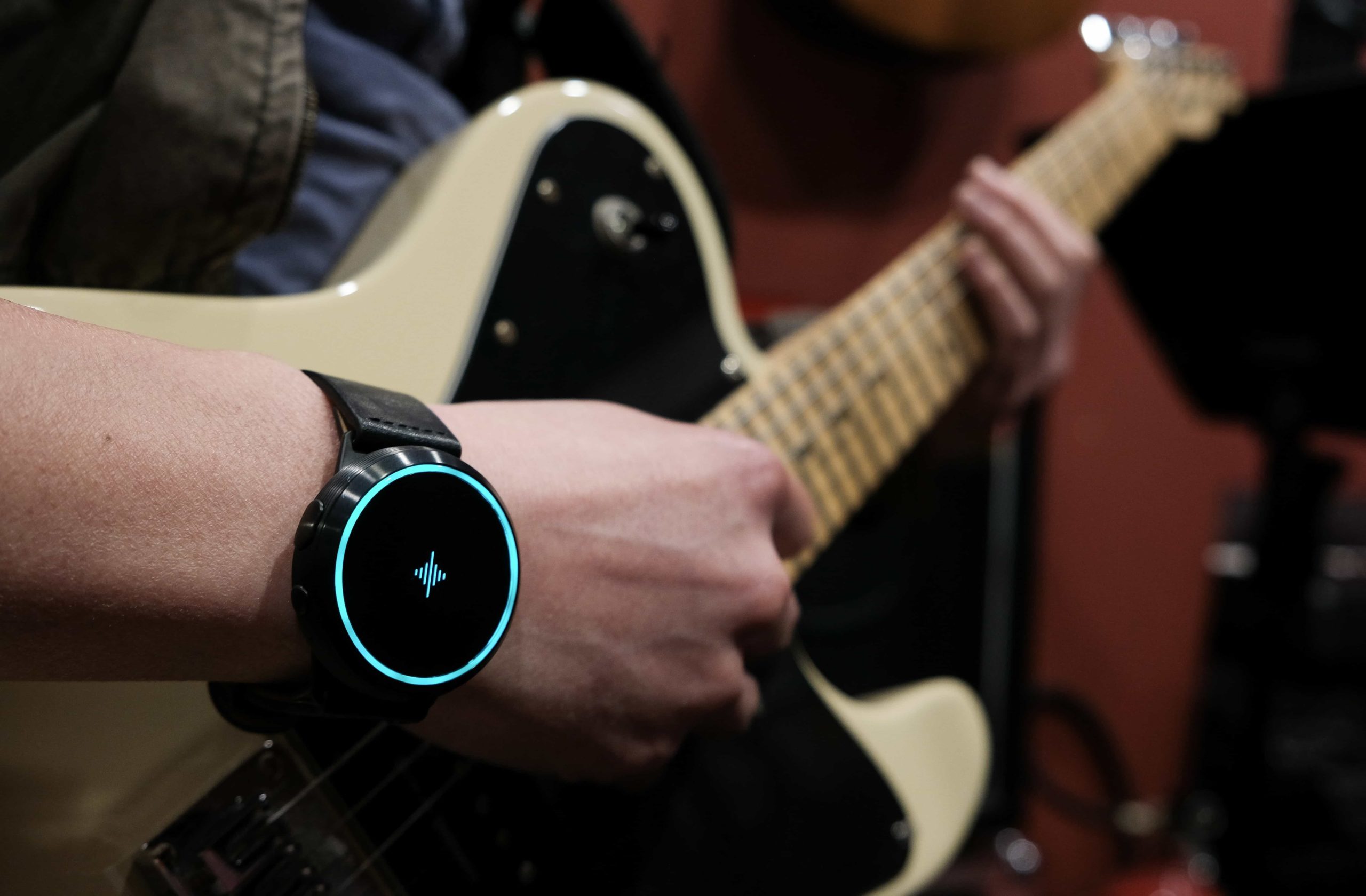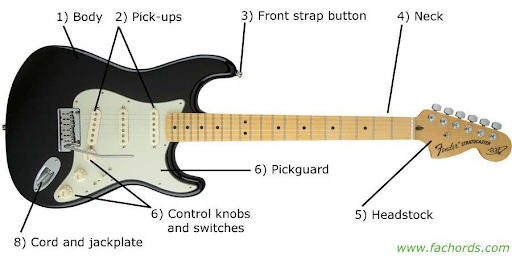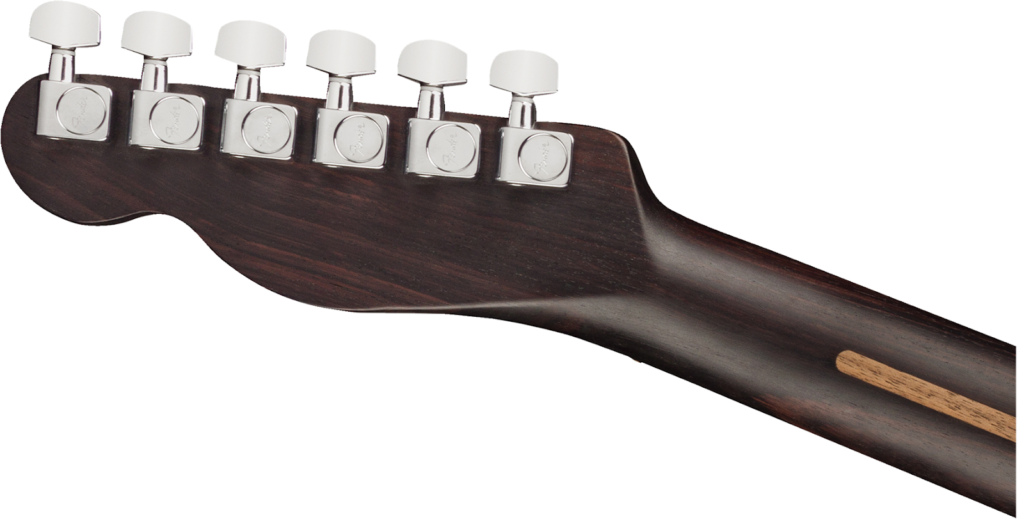
Looking for your first electric guitar? We’ve got you covered.
If you’re an aspiring electric guitarist, choosing your first guitar can be an overwhelming process. With such a vast variety of options out there, it’s easy to become confused and not know where to start.
There are a large number of factors that contribute to the playability, sound and comfort of a guitar. Let’s go through each one by one so that you can make an informed decision regarding your purchase.
Before we dive in, it is important to familiarize yourself with the different parts of a guitar and what they do. This will not only help you understand what you are purchasing, but also aid you in the long run if you need to modify or repair a specific component.
First, we have the body. This is the heaviest part of the guitar where most of the wood is concentrated. On the body, you will find the various tone and volume knobs, as well as the bridge that keeps the strings in place. The pickups, also located on the body, are magnets that help the guitar translate its vibrations into sound.
The neck is where you would normally hold the guitar. On the front of the neck, you’ll find the fretboard, which is where you can press down on the strings to change their pitch.
Finally, you have the headstock, which is where the tuning pegs are located.
Now that you have a basic understanding of the anatomy of an electric guitar, let’s take a closer look at each component and how it can affect your purchasing decisions.

The type of wood used in a guitar’s construction makes a big difference in how it sounds. Certain woods will result in a warmer sound signature, while others will increase sustain, high-end, etc. Because of how they can affect sound quality, these woods are referred to as tonewoods. Let’s take a look at some common tonewoods that are used in the different parts of a guitar and how they impact sound.
Mahogany is one of the most popular tonewoods available. It has a warm sound signature which makes it great for blues, rock and even metal.
Alder is very balanced and does not particularly accentuate specific frequencies. The lows, mids and highs are all equally present, making this type of wood a great choice for those who play many different styles of music.
Another very balanced tonewood that sounds similar to alder. Ash sounds slightly mellower, but the main difference is in appearance and cosmetics.
Maple sounds bright and adds sparkle to the high end. For this reason, maple is often paired with a different type of wood in order to balance out the treble.
Warm with accentuated mids. Basswood is very affordable and is therefore associated with cheaper guitars, but it nevertheless sounds great.
The type of wood used to make a guitar’s body is just one part of the equation. The fretboard’s wood material also contributes to the feel and playability of an electric guitar, as well as impacting tonal qualities such as warmth and sustain.
One of the most common fretboard woods, Rosewood is capable of adding warmth to a guitar’s tone, which makes it a great choice for mellowing out a guitar that would otherwise sound too bright. It feels soft to the fingers, yet is also durable enough to withstand heavy use. Perfect for those looking for a dark sound signature.
Unlike Rosewood, Maple actually adds some treble to your tone, allowing for additional high-end sparkle. This makes Maple a great choice for guitarists who play genres that require more twang and pop, such as funk and country.
Ebony is not as common as rosewood or maple fretboards, but is slowly becoming more popular over time. This is partially due to the introduction of harsher regulations on the import of rosewood in recent years.
Ebony fretboards are usually all-black, giving them a distinctive look. In terms of sound, ebony is bright while maintaining a very well-defined midrange. So brighter than rosewood, but not quite as bright as maple. This makes it a great middle-ground for those who aren’t necessarily looking for an overly warm or overly bright sound. Ebony is also especially favored by metal guitarists.
The neck is one of the most important aspects to consider when choosing an electric guitar. Since your left hand will be wrapped around the neck whenever you’re playing, it is crucial that you pick a neck that feels comfortable and natural to you.
Just like the fretboard and body, the guitar neck’s choice of wood can affect the overall sound and feel of the guitar. While many guitars use the same type of wood for both the neck and the fretboard, this is not always the case. For example, it is not uncommon to find a guitar that features a rosewood neck and a maple fretboard, or vice versa.

Just like when used on the fretboard, a Rosewood neck will smooth out your guitar’s high frequencies, resulting in a warmer tone.
With its open grains and natural appearance, mahogany wood has a distinct feel to it that results in a very smooth sound.
Maple is commonly used as the neck wood on Stratocaster-type guitars due to its bright tone and high sustain.
Wood isn’t the only factor that affects how a guitar neck sounds. There are three main types of neck: bolt-on, set, and neck-through. Each has their own pros and cons which we will discuss here.
Although often regarded as the cheapest and lowest quality type of neck by many guitarists, bolt-on necks still have their place. One of the biggest advantages to bolt-on necks is that they are easy to manufacture, which results in lower cost. This is because it is much simpler to manufacture the body and neck separately before bolting them together.
Bolt-on necks tend to have a “twangier” sound, which is why they are commonly used on Fender Stratocasters. They are also very easy to replace or repair, since you can simply remove the neck without affecting the rest of the guitar. One disadvantage of a bolt-on is that due to the slight gap between the neck and the body (since it is bolted on, after all), there can be some loss of tone transfer between the two.
Set necks are glued onto a guitar’s body via a dovetail joint, making them easier to manufacture than neck-through designs, but not as easy as bolt-on necks. This results in a tighter seal and thus a fuller sound. However, not all guitarists want such a warm tone, and some might actually prefer a bolt-on. Since tone is subjective, it is important to identify what matters to you instead of looking at trends or popularity.
One of the biggest downsides to a set neck is that it is highly difficult to repair, and almost impossible to modify, so if you’re considering a set neck guitar, make sure you like the neck first!
Neck-through guitars are less common than their bolt-on or set neck counterparts, and are considered the highest-end neck type. With neck-through guitars, the neck and the center of the body are made from the same piece of wood, which results in the neck running the entire length of the guitar and eliminates the need to bolt or glue them together. This also results in the highest level of strength and durability.
With neck-through designs, the neck is contoured in such a way that allows for much better access to the higher frets. If you will be doing a lot of soloing, a neck-through guitar will give you the ultimate comfort and playability. Unfortunately, neck-through guitars are impossible to replace and are also the most expensive. They also do not offer more sustain than the other neck types, contrary to popular belief. In fact, it has been shown time and time again that bolt-on necks actually offer the highest level of sustain. However, the comfort of a neck-through guitar remains unmatched, and to many guitarists, that alone is worth the price tag.
Guitar necks come in various shapes and sizes, with each neck profile having a different feel in the hand.
Neck profile is commonly denoted by letters, with the letter referencing how the neck looks when viewed as a cross-section of the guitar.
The most popular neck types are C, D, U and V.
U-shaped necks are thick and chunky, often referred to as baseball bat necks. They also feel very deep, and are favored by rhythm guitarists for their comfort when playing chords. Another benefit of having a thicker neck is the warmer sound that results from having more wood used.
C-shaped necks are very popular on modern guitars, being flat and quite comfortable to play. Being quite thin, it is easier to play fast solos on them. However, they are less durable than thicker neck styles and may require more maintenance.
D-shaped necks are similar in look and feel to C-shaped necks, but with flatter edges. This is another excellent neck type for lead guitarists.
V-shaped necks have a very distinctive feel to them, and are great for guitarists who slide up and down the neck, or like to wrap their thumb around the neck. V-shaped necks come in both hard and soft versions, with the soft V-shape having a more rounded-out middle curve. This neck profile is definitely an acquired taste, so make sure you try before buying!
A guitar’s scale length refers to the distance between its bridge and nut. In other words, how much of the string is allowed to freely vibrate when played. Guitars come in a variety of scale lengths, with the most common being 24.75” and 25.5”.

Greater scale lengths result in wider space between each fret, with some guitarists preferring shorter scale lengths due to their smaller footprint, and others preferring longer ones because they are less cramped.
Scale length also affects string tension. The longer the scale length, the higher the tension of the strings. This means guitars with shorter scale lengths are, in theory, easier to play as it takes less strength to bend the strings.
While scale length does not impact tone in the same way that wood or pickups do, it does make a subtle difference. Guitars with short scale lengths tend to sound fuller because of the reduced tension, while longer scale lengths produce clearer and brighter tones.
Often cited as the most important part of a guitar’s sound, pickups are indeed a huge component to consider when buying an electric guitar. Pickups are responsible for taking the vibrations of your guitar’s strings and converting them into an electrical signal that is then fed into the amplifier. This makes them a crucial factor in a guitar’s tone.
Made popular by the Fender Stratocaster, these pickups feature magnets that are wrapped in a single coil of wires, hence the name. Single-coil pickups tend to produce a clear, detailed and bright sound, with their signature twang being favored by many blues, country and pop guitarists. One downside of single coils is that they tend to pick up a lot of electrical interference, resulting in audible background buzz. This noise is annoying to some, and loved by others for its vintage feel.
Unlike single-coil pickups, humbuckers are double-wound, with the two coils wound in opposite directions, resulting in the background hum being cancelled out. Humbuckers sound thicker and warmer than single-coil pickups, and are popular in styles such as rock and metal.
P90 pickups are a special type of single-coil pickup that have a higher output, making them punchier and better for gritty styles of music like punk rock. They are a good middle ground between single coils and humbuckers.
Most guitars have a neck pickup, bridge pickup, and in some cases even a middle pickup. This allows you to switch between pickups for a wider variety of tones. For example, certain guitars feature two humbuckers and a single coil in the middle (also known as HSH – humbucker, single-coil, humbucker). Experiment with different configurations to find the best one for you. If you’re just starting out or simply want something versatile that can handle all styles of music, a combination of both single coils and humbuckers would be a safe choice, for example HSS or HSH. If you want a very specific type of sound and aren’t worried about versatility, consider 3 single-coils or 2 humbuckers.
All 3 of the above pickup types come in both active and passive variants. Simply put, active pickups require a power source (in the form of batteries) while passive pickups do not. Active pickups have less background interference, and also have higher output, which is great for high-distortion scenarios. Passive pickups, on the other hand, have more background interference but are also less “hot” and have a wider dynamic range and more pleasing clean tones. This is why active pickups are so popular in heavy metal and other genres that feature heavily distorted guitars. Keep in mind that with active pickups, you will need to swap batteries every few months (or less depending on how often you play, and whether you leave your guitar plugged in all the time).
Often overlooked by many guitarists, the bridge affects the reliability of a guitar, the ease of string changing and more. While there are many different types of guitar bridges, they can be boiled down to two main categories: fixed and floating.
Fixed bridges, or hardtails, are screwed into place and feature saddles for the strings to rest on. They stay in place and do not move. The simplicity of fixed bridges results in low maintenance and extremely easy string changing for even the most inexperienced guitarists. Their fixed nature also results in greater tuning stability when performing string bends.
Floating bridges come with a tremolo arm, also known as a whammy bar, that allows you to change the pitch of a string without bending it. You can press the tremolo to lower the pitch, and pull the arm to raise the pitch. One of the most popular styles of floating bridge is the Floyd Rose, which features double locking tremolos.
Floating bridges give you more creative options and another form of expression, but they are more susceptible to going out of tune (especially after a large string bend), and are harder to restring. If you are a beginner, it makes more sense to go for a hardtail bridge first.
While there are exceptions, most guitars come with either 22 or 24 frets. While this does not seem like a big difference, it will definitely affect your play style in the long run. Having 24 frets gives you two more semitones of expression than a 22-fret guitar, and even more if you bend the high E string on the 24th fret. For this reason, many lead guitarists favor 24-fret guitars.
On the other hand, rhythm guitarists – or soloists who don’t go as high up on the fretboard – tend to stick with 22 frets. This is because due to the 2 less frets, The neck pickup on a 22-fret guitar is located further from the bridge. This results in a warmer tone.
Most guitars come with 6 strings, which is standard for an electric guitar. However, due to the emergence of heavier genres such as progressive metal and djent, extended-range guitars have become increasingly popular in recent years. 7 and 8 string guitars allow you to play much lower notes than you would be able to on a standard guitar. This extended note range is very useful during breakdowns or heavier song sections. If you will be playing these styles of music, consider getting an extended range guitar. However, if you plan on sticking to blues, jazz, pop and rock, a 6 string guitar will be more than sufficient while also being lighter and easier to play.
Some guitars come with locking tuners, which keep each string in place via a clamping mechanism. This allows for greater tuning stability, especially for guitars that have floating bridges. Locking tuners also allow you to restring the guitar quicker as you do not need as many string windings. Locking tuners are more expensive to produce, and as a result are less common on entry-level guitars. However, even if the guitar you want doesn’t come with one, you can easily add a set of locking tuners down the line.
You now have all the information you need to make a well-informed guitar purchase. Just remember that specs aren’t everything, and you should also try a guitar in person before ordering one. After you’ve done all your research and decided on a guitar that you’re interested in, be sure to head over to your nearest local music store to try it out. Even though a guitar might look perfect on paper, you won’t know until you’ve held it in your hands and played a song or two on it.
If you’re looking for recommendations on specific electric guitars, check out our article on the best electric guitars for each style of music, coming soon.
Soundbrenner is a company dedicated to helping musicians stay focused on what truly matters: their music. By creating innovative devices like the Soundbrenner Pulse and Core, we hope to assist musicians in achieving their full potential. Click here to find out more.
Got a question about the Soundbrenner wearables? Reach out to us at [email protected], we’re happy to help!